
Reactive airway disease, also called reactive airway disease syndrome (RADS) is the condition with asthma-like symptoms. However, reactive airway disease and asthma are not the same thing. Here we will learn more about reactive airway disease in children.
Reactive Airway Disease in Children Introduction
The term ‘reactive airway disease’ was proposed by S.M. Brooks and his colleagues to describe a group of symptoms in children who do not suffer from asthma. Both asthma and reactive airway disease cause symptoms like wheezing, coughing and shortness of breath. But, each condition has its own distinct characteristics.
Reactive airway disease is diagnosed in infants and young children who experience wheezing and coughing but cannot be diagnosed with asthma due to their age. Only about 30% of children diagnosed with reactive airway disease develop asthma later in life.
The term reactive airway disease does not indicate specific diagnosis. It may indicate asthma, viral bronchitis, allergic bronchitis or asthmatic bronchitis because these illnesses cannot be diagnosed in small children.
Reactive Airway Disease Causes
In both children and adults it develops without a specific cause. Symptoms of reactive airway disease can be caused by exposure to irritants such as smoke, fume or particulates. Inhalation of an irritant leads to the narrowing and obstruction of the airways.
Reactive airway disease may also occur due to family history, allergic reaction to environmental agents, infection and virus. The symptoms may develop after single exposure to an irritant. Symptoms may vary in severity and create severe long-term damage to the airways to a person exposed to high-levels of irritants.
Symptoms of Reactive Airway Disease in Children
Reactive airway disease can cause one or more symptoms in children. The major symptom of reactive airway disease is wheezing which is triggered by passage of the air through the narrow airways. A child affected by the disease starts breathing fast and shallow. Dry cough is present too.
Chest retractions may also accompany reactive airway disease. This symptom is experienced as if the skin is being pulled between the ribs while inhaling. Flaring of the nostrils may occur as well. Additionally, the affected child may be sluggish and irritable. Infants with the disease may not be able to breathe and suck at the same time.
Treatment for Reactive Airway Disease in Children
Treatment for reactive airway disease mainly aims to control the symptoms. Asthma medications are not effective in treatment of the disease. A doctor may prescribe medications for treating the inflammation of the airways. Children should be kept away from getting exposed to smokes, fumes and other irritants.





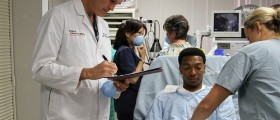
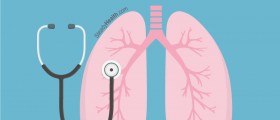
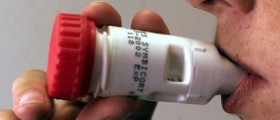

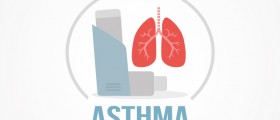
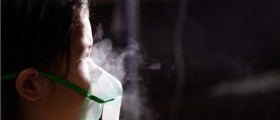
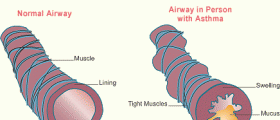


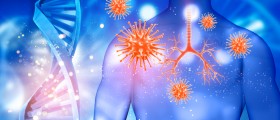

Your thoughts on this
Loading...